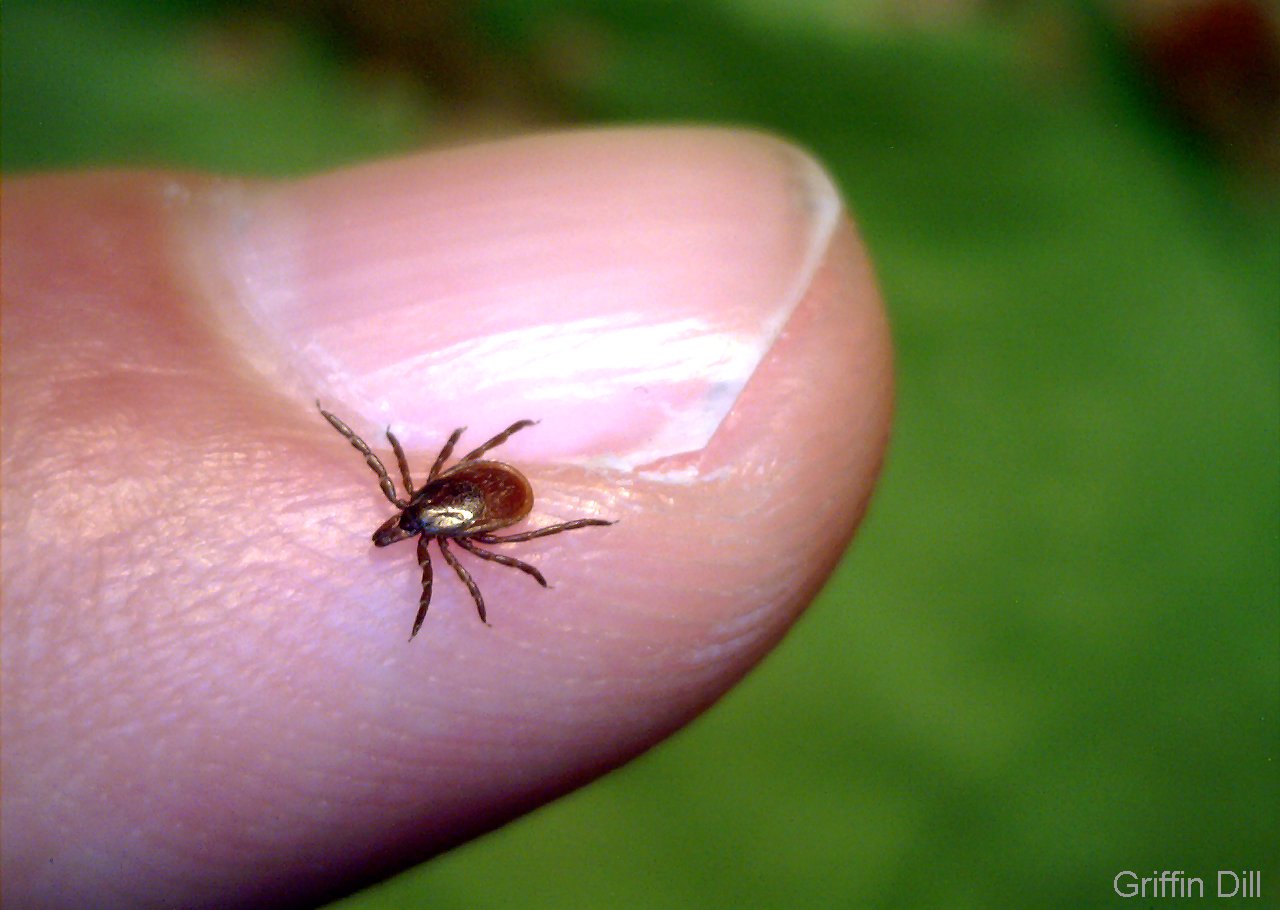 Posted by The San Francisco Dog Walker – Excerpt from Save McLaren Park Newsletter
Posted by The San Francisco Dog Walker – Excerpt from Save McLaren Park Newsletter
Ticks are currently abundant in McLaren Park. Tom Scott of Save McLaren Park said, “In the past two weeks alone I’ve found 3 different ticks on me. I don’t recall finding any ticks in the previous 8 years that I’ve been going to the park. My dog remains tick-free thanks to the medication she uses.”
Suggestions when going to the park: Apply mosquito repellent, especially to your legs and even if you’re wearing pants. Also, it’s a good idea to check yourself after returning from the park. Ticks tend to go for warm moist areas, such as armpits and groins.
Tom explains, “the ticks I found on myself have been identified as Dermacentor variabilis, also known as American Dog Tick and Wood Tick. This species is not known to carry Lyme Disease, but it can carry Rocky Mountain Spotted Fever. It’s unlikely, though, that the ticks in McLaren carry this disease. I don’t think this is an urgent health concern for park users, but something to be aware of.”
 Five documented cases of
Five documented cases of 



